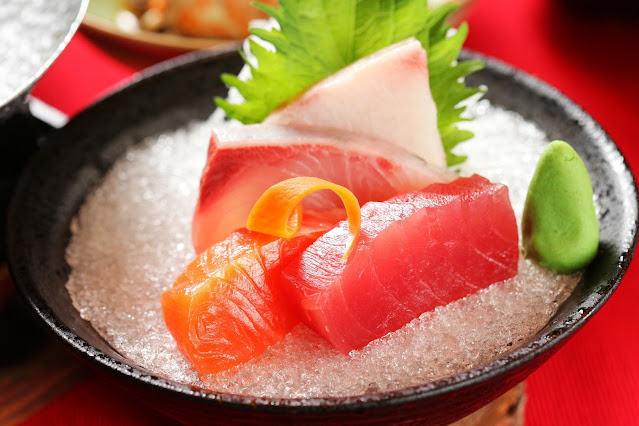From Grill to Plate: The Mouthwatering Magic of Teriyaki, Japan's Adaptable Cooking Technique

Teriyaki is a popular Japanese cooking technique that involves grilling or broiling meat or fish that has been marinated in a sweet and sour sauce. The Japanese terms "teri" (which means glossy) and "yaki" (which means grilled or broiled) are the origin of the phrase "teriyaki". This method has gained popularity all around the world, particularly in the United States, where teriyaki has become a common ingredient in Japanese food. Typically, teriyaki sauce is made by blending soy sauce, sake, mirin, and sugar and cooking the mixture until it's reduced and thickened. The sauce can be used as a glaze, marinade, or dipping sauce and works well with a range of meats and vegetables. One of the reasons why teriyaki has become so popular is that it's a simple and easy technique that can be used to make a delicious and flavorful dish in just a few steps. To make teriyaki, all you need to do is marinate your meat or fish in the sauce, grill or broil it, and...





